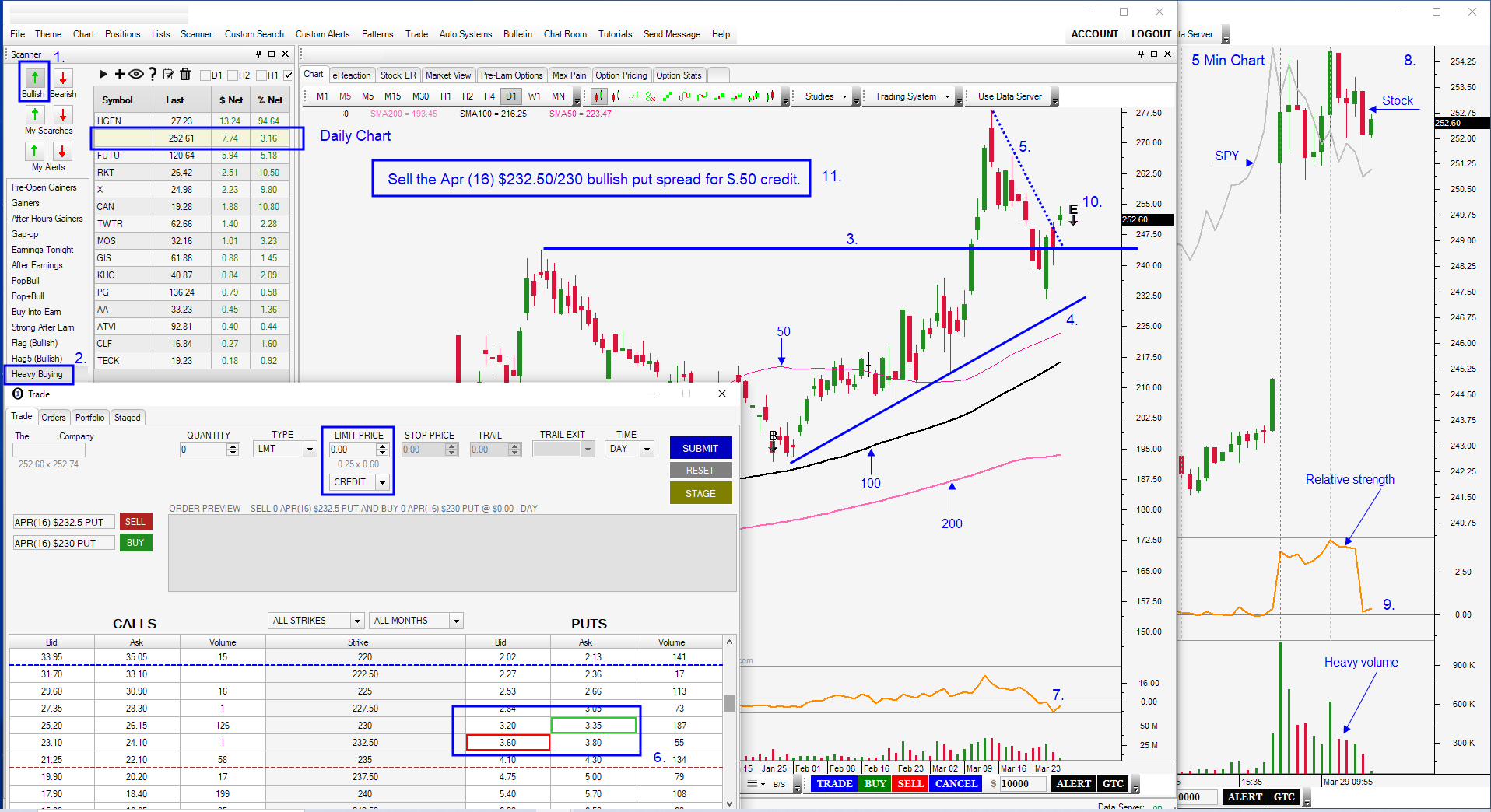Question
Today Jackie V. states, “I traded a bull call spread of the Russell 2000. I purchased the 710 Dec Call and sold the 720 Dec call. It is trading @ 730 yet the 710 call has an intrinsic value of $8 and the 720C has an intrinsic value of $9. I don’t get it. I didn’t get a chance to close the position before it passed 720 and now I’m just at a loss.”
Answer
There are a couple of issues I need to address before I answer this question. First of all, this index is relatively ill liquid with very wide bid/asks. You will almost always be trading against Specialists/Market Makers. The second is that the spread is made up of options that expire way into the future. The only way a position like this can possibly make sense if if you put it on with the intent of letting it sit for months. The wide bid/asks and similar deltas of both strikes will keep you from making any money on the trade even it you are right short-term. I hate being right and not making money. If you were looking for a short-term move, trade a short-term spread. For more information on this topic, reference my article, “The Problem With Debit Spreads”.
The second issue is the statement that the intrinsic value for the 710 calls is less than the intrinsic value for the 720 calls. By definition that statement can’t be true. With the index at 730, the 710 calls are worth $20 and the 720 calls are worth $10 (general statement assumes no dividend will be paid before expiration). Jackie must be using a last price in her calculation. When the options are ill liquid, only real-time bid/ask comparisons can be made since hours/days might pass between trades.
As for the greater issue, spreads involve two strikes with two bid/asks. How can you tell where the spread is trading? As the spread approaches expiration it will start to trade at parity. If you bought a spread that is now way out of the money, you’ll be able to figure out the prices. The options will be trading at smaller dollar amounts (often under $1) and the options will have somewhat tight markets with $.10 – $.20 wide bid/asks. The more difficult situation is where you are long a deep spread. This is a good thing because you are making money.
Let’s say that you are long the 70 – 75 call spread and the stock is trading at $85 the week these options expire. The 70 calls may be $14.80 x $15.30 and the 75 calls may be $9.90 x 10.30. You look at the screen, and you figure you have to sell the 70’s for $14.80 and buy the 75’s for $10.30 – you will end up with a $4.50 credit. That is not where the spread is trading. When the options go deep, be creative. Look at how much it will cost you to buy the 75 puts. If you do that, you have locked in a $5.00 credit. chances are an option with a week left that is $10 out of the money (75 put) will be trading for $.10. If you buy it, you have effectively closed down the spread. In this case, It’s not worth selling the 70 put because you will only get $.05 for it… big deal. If the stock goes down to $70, the call spread will expire, but the puts you bought will be worth $5. If the stock crashes and goes below $70, you actually have the chance of a big wind fall profit. The point is look at the opposing spread to calculate where the deep spread should be priced. In this case, buying the put would save you $400 on a 10 lot spread. You would have sold the spread for $4.50 and now you have sold it effectively for $4.90 (with a kicker if the stock tanks).
The smarter move in this case might be to let the spread go through exercise/assignment. Every time a $75 call gets assigned, exercise an equal number of 70 calls. You will effectively be selling stock at 75 and buying it at 70. The net result will be selling the spread for the max. $5. If you act (exercise the 70 calls) the same day you were assigned, you will not incur any margin requirements on the short stock (short stock at $75 via assignment of 75 calls you were short). By going through this simple process, you will gain the full $5 and it is an extra $500 compared to getting out at the quoted $4.50 on the screen (not considering commissions). If you are short a spread that has gone “deep”, reference this article, “Exercise, Assignment and Spreads”.
While this article mainly describes exiting long a “deep” spread, the same principle can be used to value a spread when you are entering a trade. Learn spread relationships and understand equivalent positions.
If you have any expiration related questions, Ask Me. I’ll try to respond.









